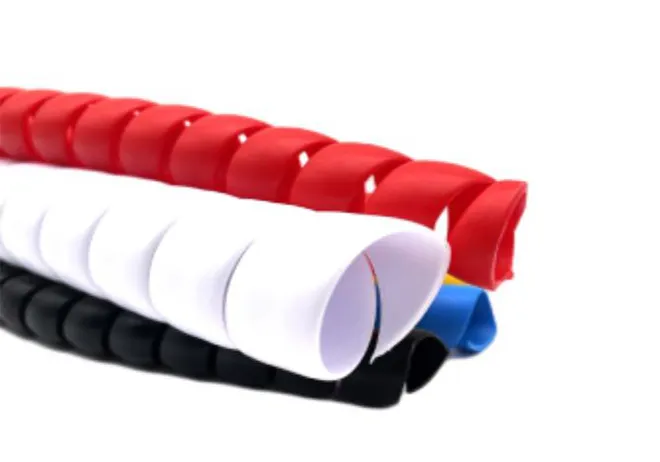Chrysler 300 Power Steering Hose Replacement and Maintenance Guide
Understanding the Importance of the Chrysler 300 Power Steering Hose
The Chrysler 300 is a luxury sedan known for its powerful performance, sleek design, and advanced technology. However, like any vehicle, it requires maintenance and occasional repairs to ensure it runs at its best. One of the key components that play a crucial role in the steering system is the power steering hose. Understanding the function, common issues, and maintenance tips for the Chrysler 300 power steering hose can help owners keep their vehicles in top condition.
What is the Power Steering Hose?
The power steering hose is a vital part of the hydraulic steering system in the Chrysler 300. It is responsible for transporting hydraulic fluid from the power steering pump to the steering gear or rack. This fluid helps in creating the hydraulic pressure needed to assist in steering the vehicle smoothly and accurately. The power steering hose can be made of rubber or reinforced synthetic materials designed to withstand high pressure and resist wear and tear from heat, chemicals, and environmental factors.
Common Issues with the Power Steering Hose
Like other components in a vehicle, the power steering hose is susceptible to wear and damage. Common issues include
1. Leaking Hose Over time, the hose may become weak, leading to cracks or tears. A leaking power steering hose will result in decreased fluid levels, which can impair the steering system's function. Drivers may notice difficulty in steering or an unusual whining noise when the wheel is turned.
2. Worn Out Fittings The connections where the hose meets the power steering pump and steering gear are prone to wear. Corroded or damaged fittings can cause severe leaks and may prevent proper fluid flow.
3. Clogged Hose A buildup of debris or old fluid can obstruct the hose, impeding the flow of hydraulic fluid. This can lead to increased steering effort and strain on the power steering pump.
chrysler 300 power steering hose

Signs of a Failing Power Steering Hose
Being aware of the signs of a failing power steering hose can help prevent more significant issues down the line. Look for the following indicators
- Steering Difficulty If the steering wheel feels stiff or unresponsive, it may be a sign of low power steering fluid due to leaks. - Sight of Fluid Puddles or spots of reddish-brown fluid beneath the vehicle can indicate a leak in the power steering hose. - Unusual Noises Hearing grinding or whining noises when turning the steering wheel can also suggest issues with the power steering hose or pump. Maintenance Tips
To prolong the life of the power steering hose and maintain the overall health of the Chrysler 300's steering system, consider these maintenance tips
1. Regular Inspections Periodically check the power steering hose for signs of wear, leaks, or damage. Early detection can save on costly repairs.
2. Fluid Levels Regularly check the power steering fluid level and top it off as necessary. Use the manufacturer-recommended fluid to avoid any compatibility issues.
3. Professional Servicing If you notice any signs of trouble, take your vehicle to a qualified mechanic for a thorough inspection. The power steering system is complex, and professional diagnostics can prevent further damage.
Conclusion
The power steering hose plays a critical role in ensuring that the Chrysler 300 offers a smooth and responsive driving experience. Understanding its function, identifying potential issues, and keeping up with maintenance can help drivers avoid complications and enjoy the full benefits of their luxury sedan. Regular attention to this component can enhance vehicle longevity and driver satisfaction.
-
Ultimate Spiral Protection for Hoses & CablesNewsJun.26,2025
-
The Ultimate Quick-Connect Solutions for Every NeedNewsJun.26,2025
-
SAE J1401 Brake Hose: Reliable Choice for Safe BrakingNewsJun.26,2025
-
Reliable J2064 A/C Hoses for Real-World Cooling NeedsNewsJun.26,2025
-
Heavy-Duty Sewer Jetting Hoses Built to LastNewsJun.26,2025
-
Fix Power Steering Tube Leaks Fast – Durable & Affordable SolutionNewsJun.26,2025

